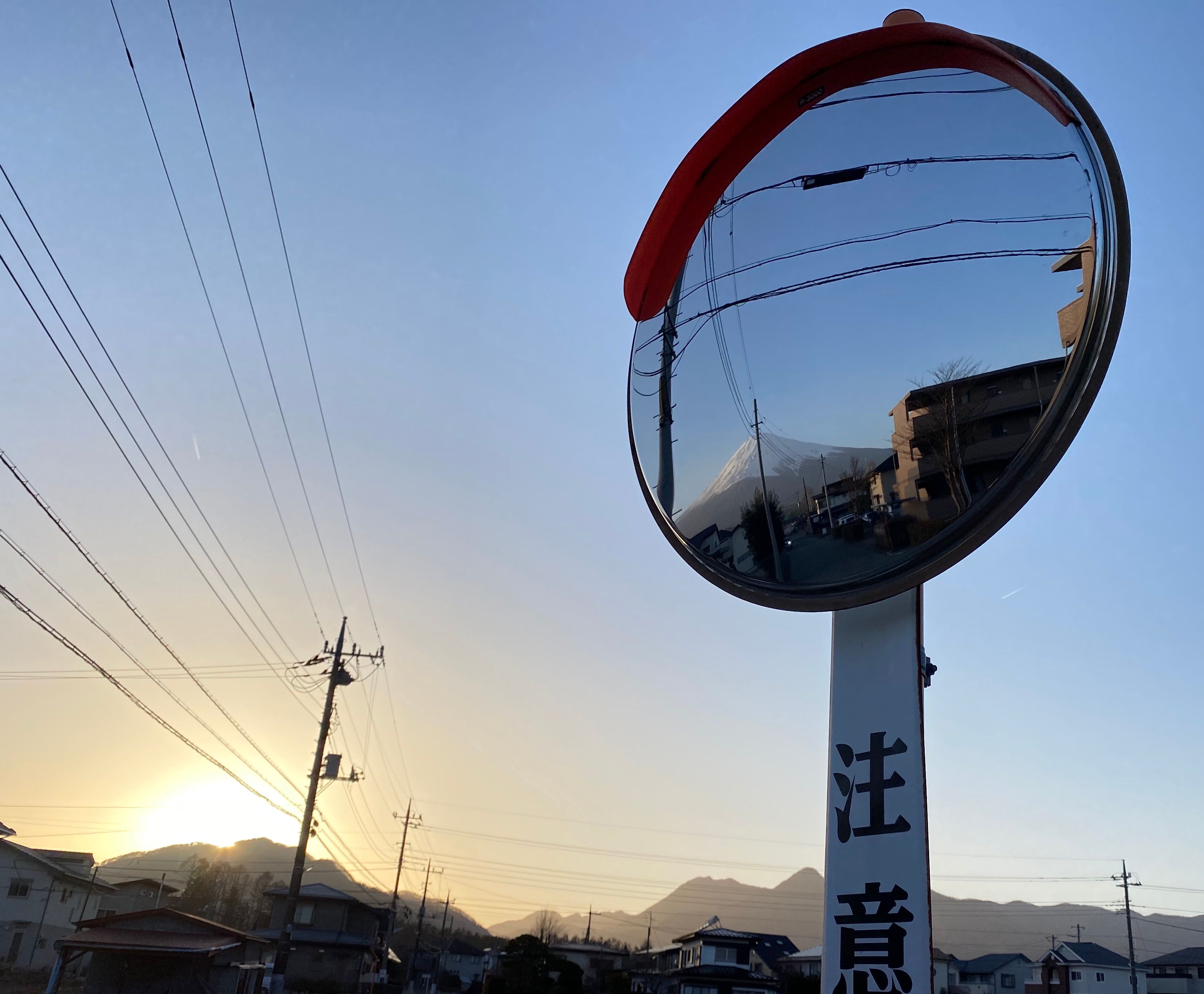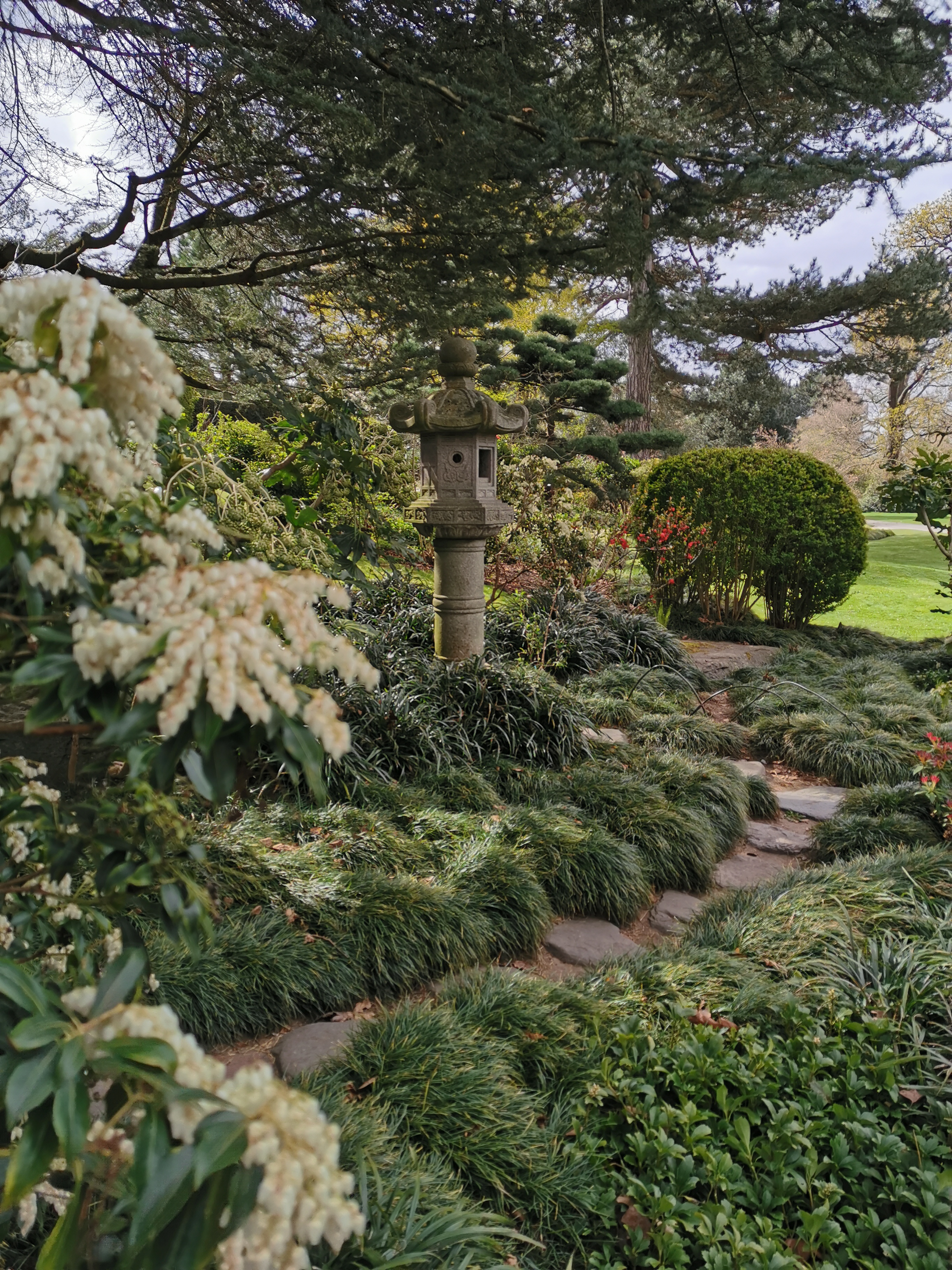
Akita Prefecture is located in the Tohoku Region, the northern area of the main island of Honshu. Bordered by Aomori, Iwate, Miyagi, and Yamagata prefectures, and also facing the Sea of Japan, Akita is the 6th largest prefecture of Japan, with slightly over 900,000 residents. Historically a part of Dewa Province and receiving high amounts of snow during the winter, Akita is a great spot to experience a wealth of snowy adventures. Steeped in history, and full of culture, the prefecture has a multitude of seasonal activities, and stunning beauty throughout the year.
Transportation
There are plenty of transportation methods to get yourself to and around Akita Prefecture. From large cities such as Tokyo and Nagoya, you can take a plane to the prefecture, which only takes slightly above an hour. There is also the Akita Shinkansen line, which you can take if you are keen on a more leisurely adventure up the Japanese mainland through the Tohoku region. The even more leisurely option is a highway bus, which usually takes around 8 hours, but stops at various ‘michi no eki’, or roadside stations, which are great peaks into local culture and regional specialities.

A 'michi no eki' in Akita, credit Akita Prefectural Tourism Federation
Once you’ve made it to Akita, there are a few different options for travel around the area. The Oga Line will take you to the Oga Peninsula area, full of the local namahage culture. The Ou Main Line takes you through some of the main cities of the area, including Akita and Daisen, while the Yuri Kogen Railway weaves its way through the southwest area, near Yurihonjo. The Akita Nairiku Railway runs through the centre of Akita, taking you through some of the most beautiful nature and valleys in the area.

Things to Do
We can begin our adventures in Akita in the Oga Peninsula, which is home to the namahage, local folklore of the peninsula. The namahage appear as ogre-like creatures, and historically appear around the new year time, in order to spur those who sit idly by the fires to not be lazy and encourage good behaviour for the year to come. Traditionally clad in red or blue masks, there are opportunities to see live performances and learn more about their history at the Oga Shinzan Folklore Museum. There is also the Namahage Museum, where you can learn more about the folklore and craft of these unique characters.

Situated on the northern coast of the peninsula, Unshoji temple is a 17th century temple filled to the brim with hydrangeas. During the summer bloom, the blue flowers come to life and cover the temple grounds, making for a sight not easily forgotten. With more than 2000 hydrangeas, Unshoji is a great spot to stop by if you are in the Oga Peninsula area.

Nyuto Onsenkyo
Japan is famous for its onsens and onsen culture, and Akita Prefecture is no different. From Oga Onsen in the Oga Peninsula to Oyasukyo Onsen set in a gorge, the onsens of Akita are sure to keep you relaxed and revitalised. Nyuto Onsen is one such onsen village, composed of 7 distinct onsens with their own unique features. Near stunning Lake Tazawa, the onsen is set deep in nature, and giving a great view of the Towada Hachimantai National Park. One of the seven onsens in Nyuto Onsen is Ganiba Onsen, which has open air baths surrounded by the forests. Another unique onsen is Tsuru No Yu, which is characterised by cloudier water. Tsuru No Yu has history dating back to the 17th century, and is one of the few onsens in Japan where you can enjoy relaxing in the hot spring source.

Kakunodate
After relaxing and refreshing yourself in the onsens of Nyuto Onsenkyo, why not explore one of the more historical districts of the prefecture? The Kakunodate area once had its own castle until its demolition in 1620, but it retains its identity through a samurai district, with many Edo Period houses remaining. With 80 families having once lived there, now some of the houses are open to visitors to experience what life was like hundreds of years ago. Alongside the Hinokinai River you can also see hundreds of cherry tree blossoms, making it a perfect place to take a walk and take in all the sights and sounds. As you explore the town, you may also run into some ‘shidare zakura’, or weeping cherry blossoms, of which some are national monuments.

Hachimantai
Whether you are interested in skiing, hiking, or relaxing, the Hachimantai area will have everything for you. Hachimantai Ski Resort and Appi Kogen Ski Resort are two ski areas that are well worth the visit, from exciting runs to great snow. Hike around Akita-Komagatake, which has 3 distinct peaks and multiple hiking trails. With beautiful summer flowers and autumn foliage, it is a top spot for the outdoor enthusiast. Hiking around Mt. Hachimantai is another great option, with wetland trails and a driving route through towering snow walls.

The Yokote Festival
If you find yourself in Akita during the winter, February 15 to 16 in the city of Yokote marks the Yokote Snow Festival. With more than 400 years of history, countless igloos are created in the city, each containing small altars dedicated to a water deity. Known as ‘kamakura’, the igloos have various offerings inside them - they are also lit up, creating a wonderful night time winter site. Nearby Yokote Castle is framed beautifully by the many different kamakuras. Varying in size from nearly holdable to fitting multiple people, they are an important part of the Yokote City festival culture. Even if you do not visit the area in the winter time, you can still visit the Yokote Snow Museum to experience and learn about the snow festival.

Lake Towada
Situated in the northeast corner of the prefecture and crossing into Aomori Prefecture is Lake Towada. A crater lake, it is the largest of its kind of Honshu, only smaller than Lake Kussharo in Hokkaido. At 327 metres deep, it is also the third deepest of all Japanese lakes. A seasonal delight, you can enjoy the autumn foliage, but also sightseeing cruises on the lake between April to November. There are plenty of viewpoints as well, where you can get expansive views of the lake with its two distinct peninsulas that reach out into the water. While technically in Aomori Prefecture, nearby Oirase Gorge is another natural beauty, with waterfalls and dense forests.

What else?
Akita Prefecture is also home to a plethora of amazing waterfalls dotted across the region. Four waterfalls of the 100 Waterfalls of Japan list are in Akita, namely Yasu Falls, Hottai Falls, Chagama Falls, and Nanataki Falls. Yasu Falls is a total of 90 metres tall, split into two different tiers, and is a wonderful sight during the autumn season. Nanataki Falls is separated into 7 different steps, totalling 60 metres high. With a nearby shrine and rest stop, it is a great place in nature to spend some relaxing time. Hottai Falls is a thunderous waterfall that is fed by the nearby Mt. Chokai. There is a camping area close by, alongside a viewing platform to see the cascades.

You can’t leave Akita Prefecture without trying some of the local cuisine. One famous dish in the prefecture is ‘kiritanpo’, pounded rice that is formed into cylinders and eaten in either hot pot or with miso. Inaniwa Udon is a special type of udon characterised by its thin and translucent appearance. Don’t forget about ‘babahera’, a unique variety of ice cream that is served in the shape of a flower!

Akita Prefecture is a great mix of nature and tradition, whether you are interested in learning more about the local namahage culture, seeing the beautiful Lake Towada crater lake, or enjoying all of the delicious local food, Akita Prefecture is a must see location for those looking for adventure.
To stay up to date with all the latest happenings in Japan follow us on our Facebook and Instagram!

















































